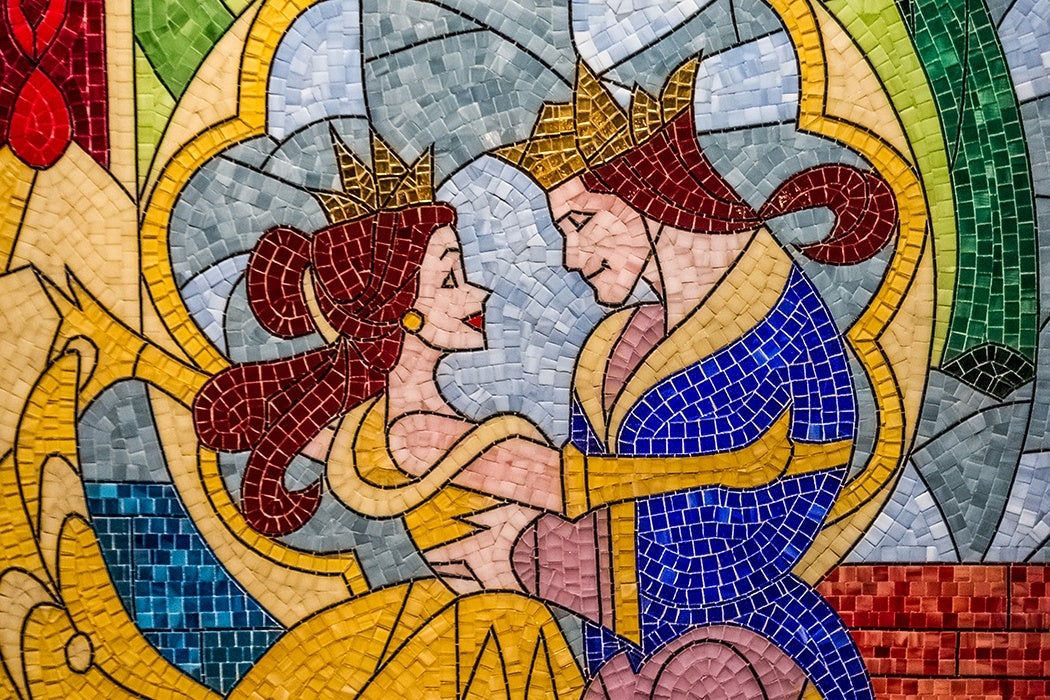What could be more romantic than a Disney movie? Despite the perils of mistaken identities, evil stepmothers, and cruel curses, the princess always finds her prince. But these G-rated movies do more than launch gigantic merchandise empires, write Karin A. Martin and Emily Kayzak: They also teach kids how to be straight.
For Martin and Kayzak, the world of Disney films is one that only has room for heterosexuality. They studied top-selling G-rated movies released between 1990 and 2005 within the context of heteronormativity, a worldview that promotes heterosexual love as a preferred form of sexuality.
You’d think those values wouldn’t be present in movies made for kids—after all, a G-rated film isn’t sexual by definition. But Martin and Kayzak disagree: Even in films that are hypothetically sex-free, they argue, there’s plenty of sexuality embedded inside. Martin and Kayzak find plenty of examples of sexiness in films, too, from exposed body parts to provocative dances and ogling male characters.
Out of the 20 G-rated movies that grossed $100 million or more in theaters from 1990 to 2005, 80 percent were animated and 85 percent produced by Disney. Only two had no romantic plot line, and Disney films had by far the most hetero-romantic content. Romance was a primary storyline in 40 percent of the films and secondary in 35 percent.
Common wisdom about heteronormativity is that heterosexuality is normal—that is, it’s portrayed as ordinary, mundane, and commonly accepted. But Martin and Kayzak’s findings fly in the face of that assumption. Rather, they write, “romantic heterosexual relationships are portrayed as a special, distinct, exceptional form of relationship, different from all others.” Think Belle and the Beast swirling through a ballroom alone in Beauty and the Beast or Aladdin and Jasmine discovering “a whole new world” on a magic carpet ride.
Soaring soundtracks underscore those moments of special love, and love relationships like those between parents and children or friends are never given the same filmic treatment. While friendships and family ties can sustain characters, in these movies they never change their lives in the ways that their heterosexual relationships do. Stakes are higher for hetero lovers, too, who must often defy odds or social norms to attain love.
Weekly Newsletter
And then there are the kisses: While they’re anything but explicit, they’re portrayed as powerful, even life-giving in the case of Belle’s ability to bring the Beast back to his original form or Ariel regaining her voice when the prince kisses her.
Though Martin and Kayzak don’t look at the ways in which kids respond to films—and the piece was written before movies like Frozen, which puts the love of two sisters at its center—their work is a powerful statement on just how pervasive and privileged heterosexual romance is in American culture. “Its encompassing pervasiveness lends it power,” they write. “…It becomes difficult to imagine anything other than this form of social relationship or anyone outside of these bonds.”







